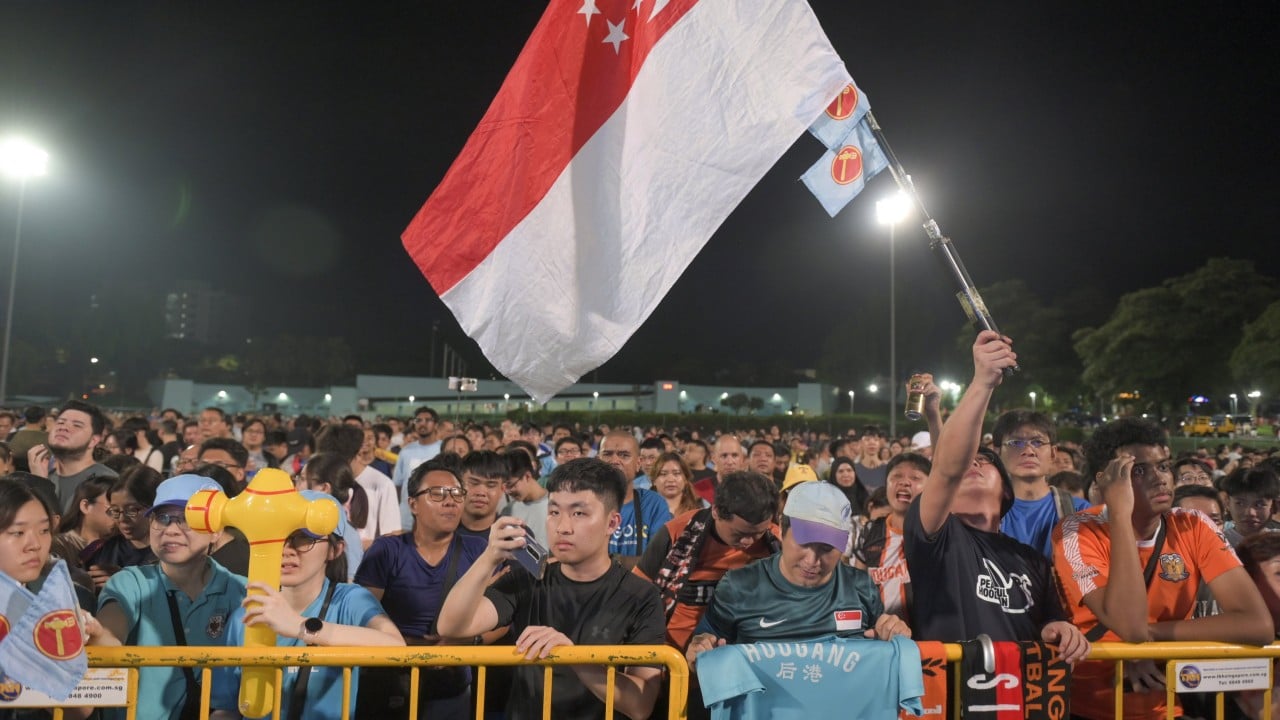Published: 10:29pm, 4 May 2025Updated: 10:38pm, 4 May 2025
Singapore’s opposition parties entered the 14th general election on Saturday buoyed by loud public discontent over rising cost of living and an electorate widely seen as craving political diversity.
Advertisement
However, in the quiet of the ballot box, Singaporeans opted not to give the opposition further inroads across several hot wards – with the Workers’ Party (WP) retaining its seats and smaller challengers propping up the ruling party’s landslide vote share.
The People’s Action Party (PAP) clinched 87 of the 97 seats and secured a 5 percentage-point jump from the previous 2020 general election, while the opposition maintained the constitutional minimum of 12 seats, including 10 elected seats.
During the nine-day sprint to the ballot box, Prime Minister Lawrence Wong drilled into the electorate the need to give him a strong mandate and a full-strength cabinet to weather the economic headwinds unleashed by the intensifying US-China trade war and American President Donald Trump’s “Liberation Day” tariffs.
“It’s a clear signal of trust, stability and confidence in your government. Singaporeans, too, can draw strength from this and look ahead to our future with confidence,” he told reporters in a post-mortem briefing on Sunday morning.

Analysts have been quick to point out that Singapore voters, in line with other democracies who held elections recently, such as Canada and Australia, preferred to stick with the incumbent and the team they knew best amid Trump’s tariff war.
Advertisement

